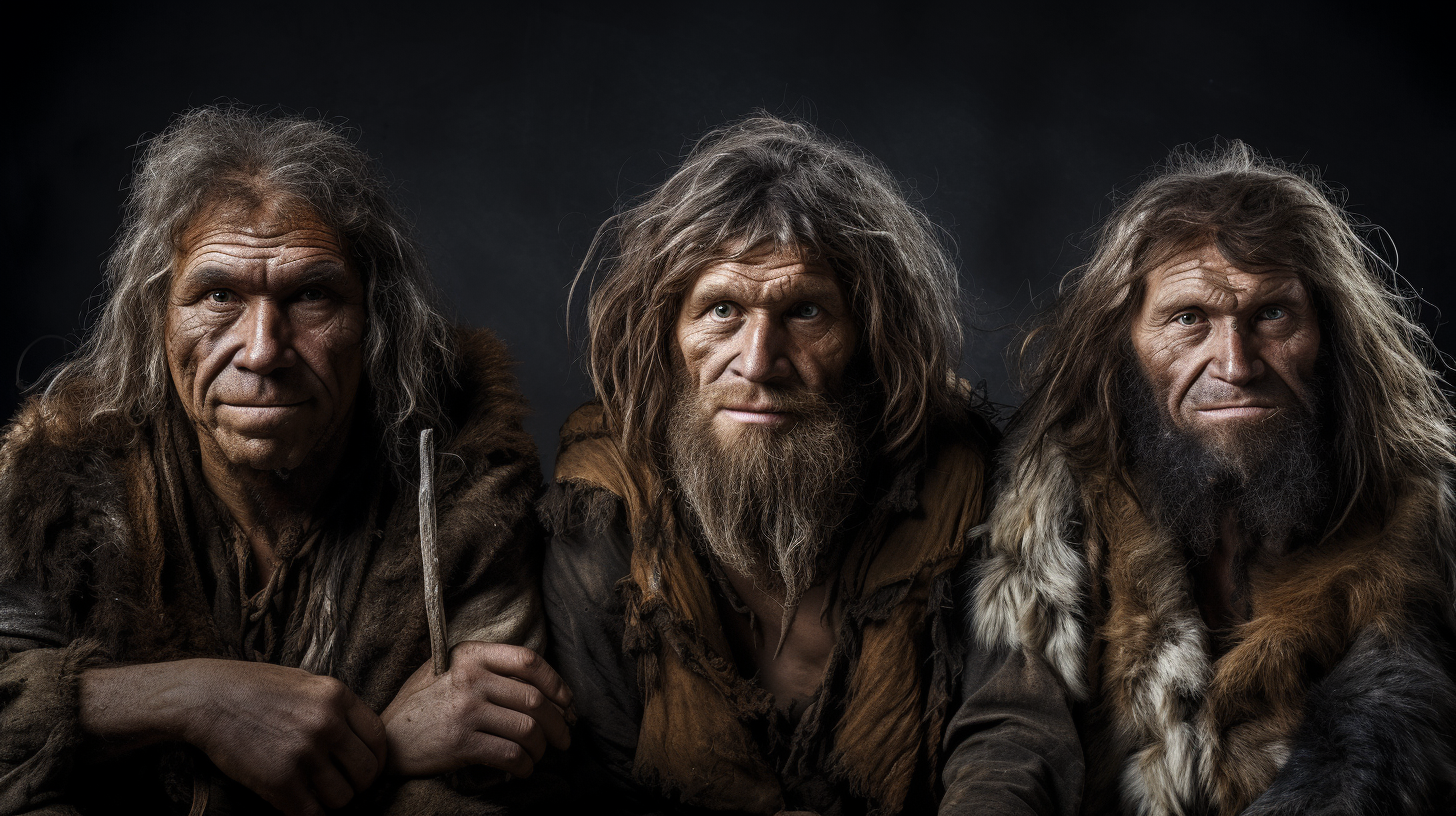In the year 2011, among the majestic vistas of Sima de las Palomas in Spain, an astounding find sent shockwaves throughout the field of archaeology.
This discovery did not involve a hidden metropolis or a cache of wealth but instead a burial site that revealed captivating tales of our foregone predecessors. Within this location rested three figures, their extremities intricately intertwined in a ceremonial fashion, offering a glimpse into a history that felt both recognizable and mysterious.
Originally presumed to be of human origin, a subsequent revelation shifted the archaeologists’ perspective – they had stumbled upon the remains of our evolutionary relatives, the Neanderthals. This realization posed a thought-provoking query: had the intellect of Neanderthals been underestimated?
The meticulous arrangement of these Neanderthal burials alluded to something profound – a belief in a potential afterlife, a semblance of divine reverence. These elaborate spiritual concepts challenge the traditional depiction of Neanderthals as rudimentary beings residing in caves.
Despite their robust physique and shorter stature compared to modern humans, Neanderthals possessed larger brains, displayed signs of intelligence, donned clothing, exhibited compassion by caring for the sick and elderly, and left behind evidence of a blossoming culture.
By the year 2014, the exploration into the Neanderthals intensified as researchers examined materials from 40 distinct archaeological sites.

Their findings disclosed a surprising revelation – Neanderthals coexisted with Homo sapiens for an extensive duration, facing extinction approximately 40,000 years ago. Contrary to previous beliefs, their downfall was not due to cognitive restrictions.
Yet, the intrigue persisted. In 2013, evolutionary geneticists demystified another puzzle – modern human populations carried genetic traces from both Neanderthals and Denisovans.
This genetic mingling left an imprint on specific human clusters. Neanderthal influences prevailed among European and Middle Eastern populations while Denisovan influences manifested in mainland Asian groups as well as among Pacific Islanders, New Guineans, and Australian Aborigines.
Contemplating the possibility of more than mere coincidence in this intermingling arises. Some theorists of ancient astronauts propose a controversial idea: the interbreeding among these ancient hominid species disrupted an extraterrestrial experiment involving protohumans, eventually leading to the extinction of all except Homo sapiens.
This proposition suggests that different hominid subspecies were intentionally isolated by vast stretches of land to prevent interactions. Prohibited interbreeding may have jeopardized the essence of the experiment. Was the Neanderthal lineage eradicated to preserve the experiment’s integrity?
These theories echo in ancient manuscripts, particularly ancient religious texts. These age-old scripts portray deities or a deity fashioning flawless humans and expressing their wrath when humanity strayed from the ordained path.
Could these narratives allude to remnants of extraterrestrial intervention, an effort to refine the human species by eradicating substantial portions of early humans and initiating anew?
Watch the Video Below:
The discovery of Neanderthals at Sima de las Palomas, Spain, has revealed strata of an ancient enigma, prompting contemplations on our intertwined past and the mysteries hidden beneath the earth’s crust. As we persist in unraveling the enigmas of our primal history, we may come to recognize that our understanding of the cosmos and our place within it is far more intricate and interconnected than previously envisaged.
